When we talk of Osage Orange firewood, we speak of the best firewood tree thanks to its superior properties.
So what makes osage orange firewood outstanding? Answering this query is our main area of focus in this article.
We’ll also look into how this firewood compares to other species. Let’s get right into it.
What Is Osage Orange Firewood?
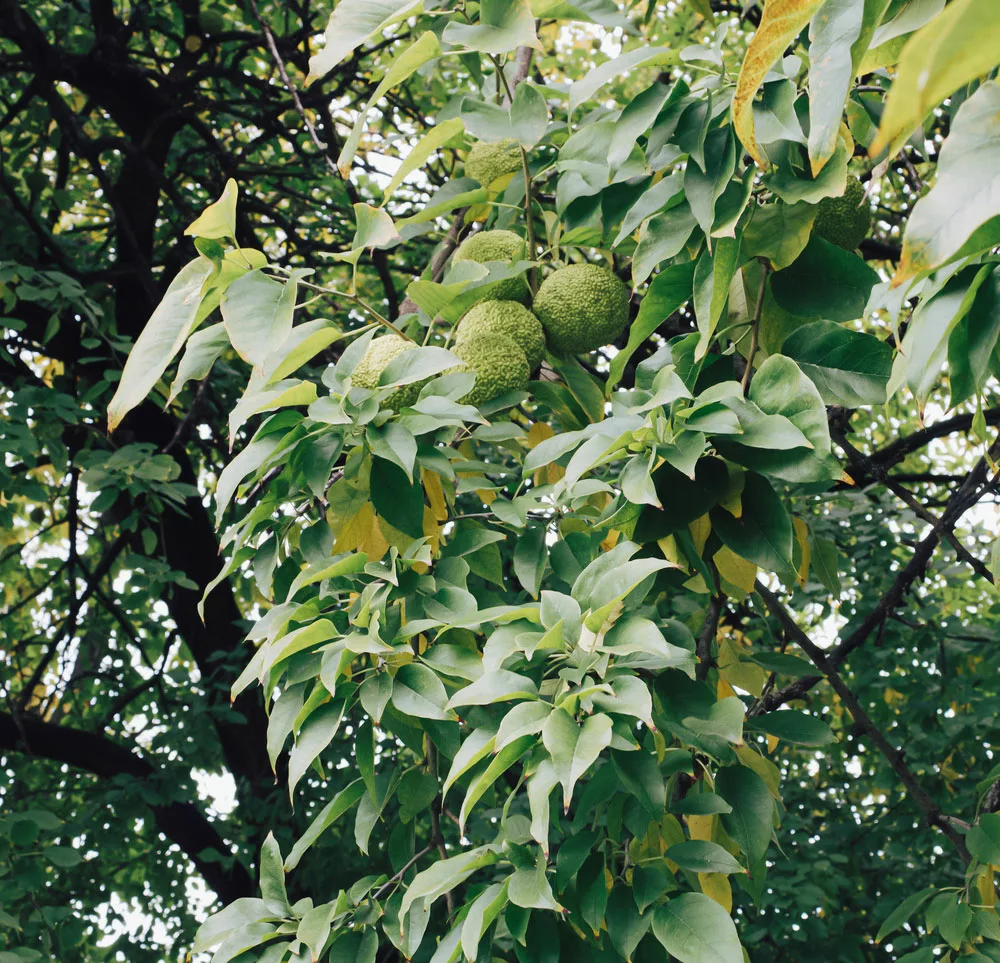
An osage orange tree with fruits.
It’s a hardwood tree native to Texas, although you’re likely to find it in many parts of the US today. The tree features a remarkable density, meaning that as firewood, you don’t require much of it to supply your needs.
So does make it make a good fire? Let us find out in the subsequent section.
Burn Qualities of Osage Orange Firewood
Heat Production
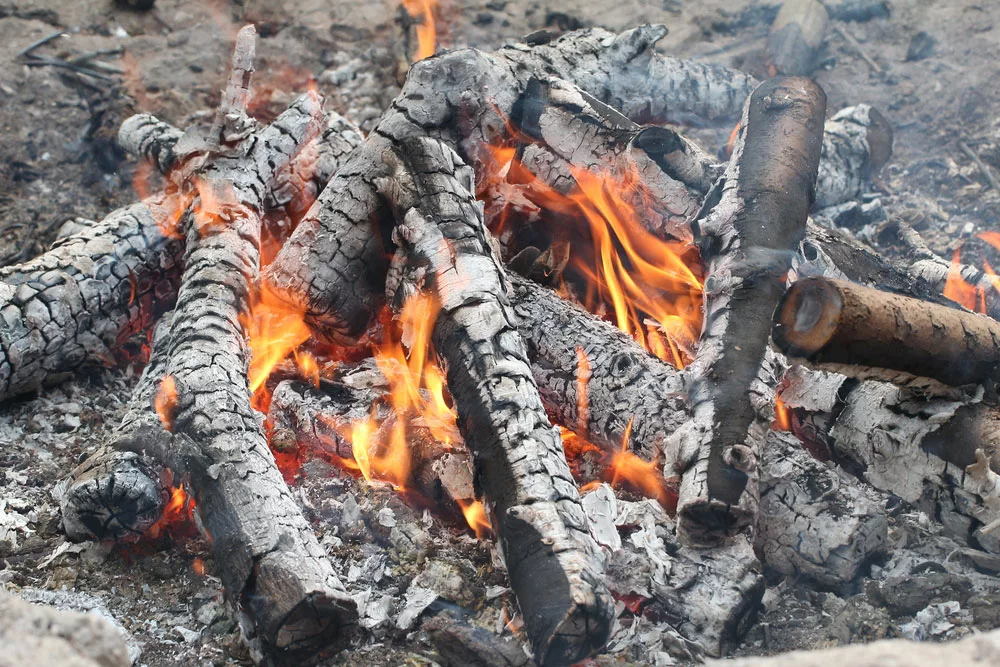
Hot firewood.
No tree yields more heat than osage orange, with a cord of its firewood generating 32 million BTUs. It is high compared to popular firewood trees such as hickory and oak.
Nonetheless, this extremely high heat output is a disadvantage as it can destroy your metal wood stove. Moreover, it’s a sappy firewood rendering it to pop a lot when burning.
Hence, despite its excellent heat output, it may not be great for burning indoors unless you’ve invested in a fireplace screen.
Smoke Output

Fire at a Campsite.
Normally, hardwoods produce minimal smoke, but the osage orange firewood is an exception to this rule. It’s sappy, which means it will burn while generating immense smoke. Thankfully, its smoke has a sweet odor making the firewood ideal for smoking meat.
The rule of thumb when burning this firewood is that you need to excellently season/ kiln dry it to reduce its smoke output.
Seasoning Duration
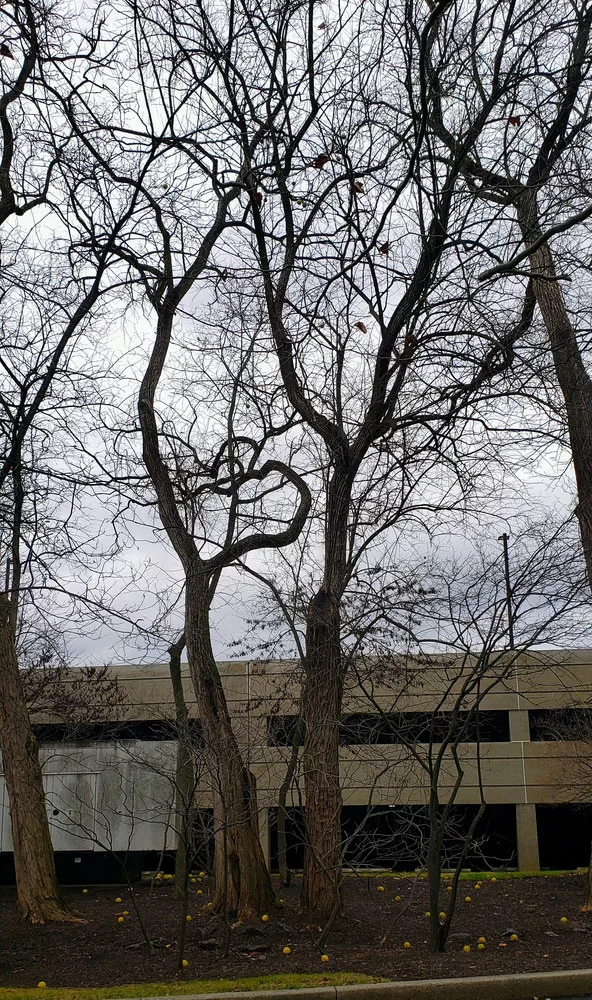
Osage Orange Trees in Winter.
Osage Orange dries quite fast despite having a lot of sap. Primarily this is because its overall moisture content is low, just like other hardwood tree species. Also, the tree features a relatively thin tree trunk that is easy to cut and thus dries fast.
Hence, if you properly stack it, osage orange firewood will be dry in approximately 12 months. But, it would be best if you undertook proper seasoning measures such as stacking it well and cushioning it from rain and snow.
Burning Odor
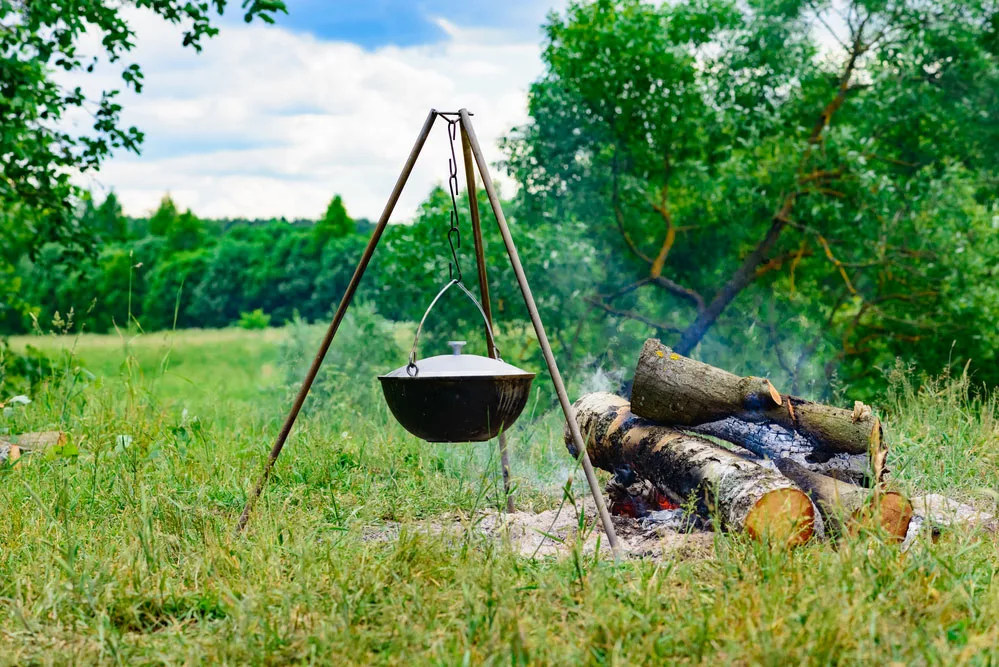
A campfire.
The tree is not among the best-smelling firewoods compared to others, such as mesquite, applewood, cherrywood, and pecan. Nonetheless, we can generally consider it a sweet-smelling tree, especially when you burn it while it’s thoroughly dried.
You may also use it to smoke meat.
Creosote Production
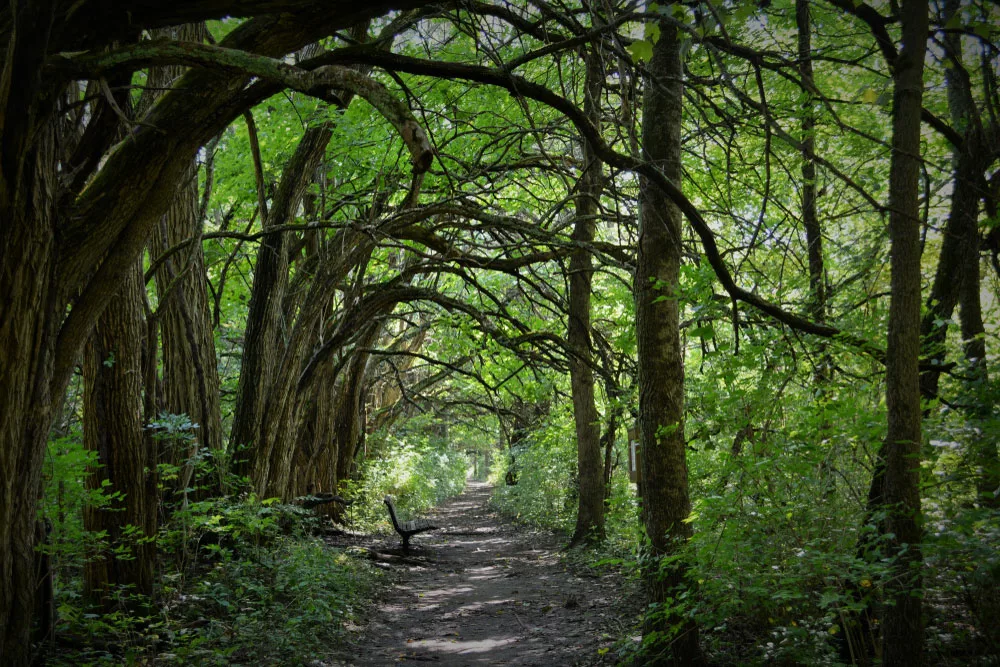
A canopy of Osage Orange trees.
Again, most firewood tree species barely produce a lot of creosote, but osage orange is an exception. The tree has high sap volume, which means it yields some unburnt particles contributing to creosote buildup.
So does that mean softwoods like pine and cedar yield less creosote than osage orange? Not. Although this species is sappy, it still burns cleaner than most softwoods.
Splitting Difficulty
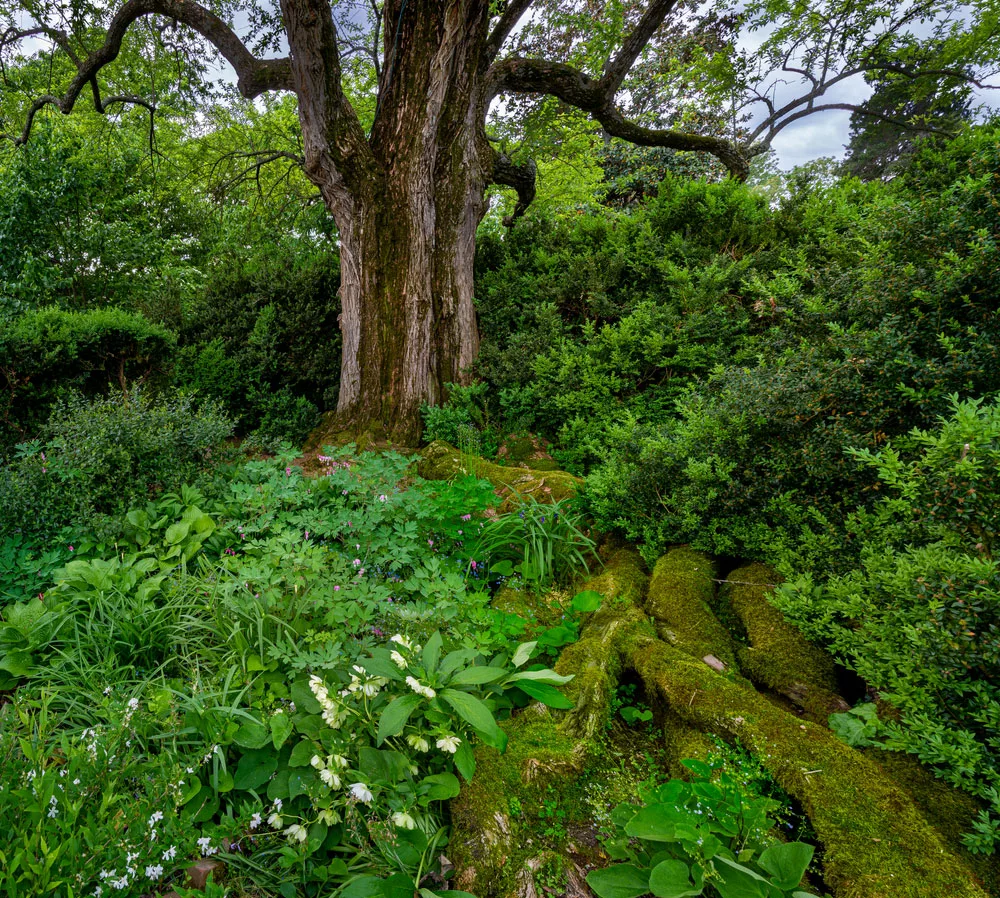
An old osage orange tree.
The tree lacks knots or intertwined fibers, making it easy to split. It also doesn’t grow so wide, making it easier to split than other hardwoods.
However, this is a disadvantage as the relatively thin trunks mean you’ll need to cut more trees to meet your firewood needs.
Coals Quality
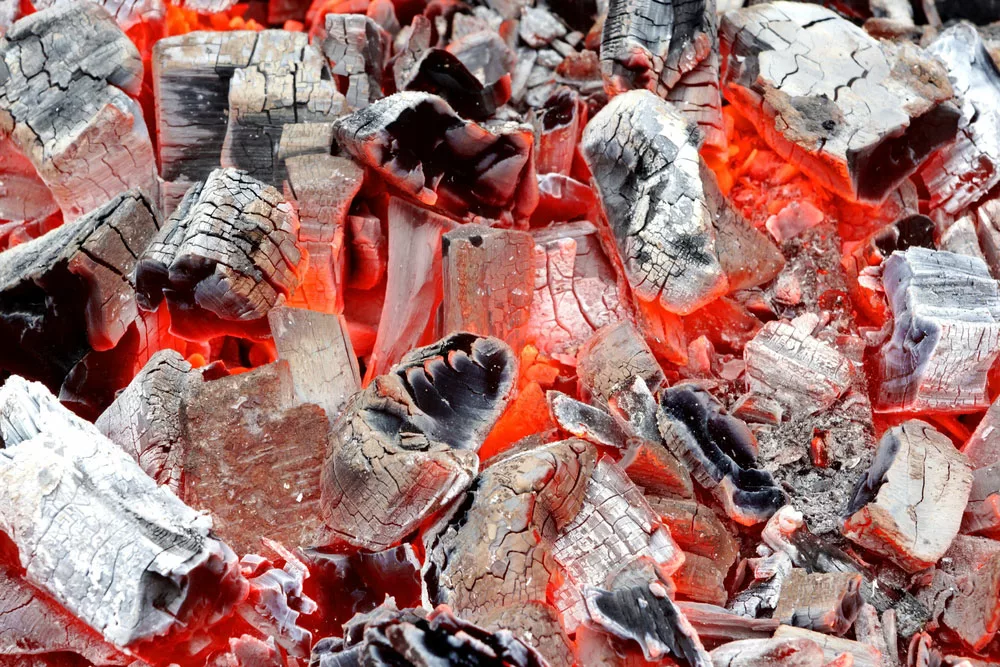
Firewood Coals
Osage orange coals are of superior quality and are arguably the only tree whose heat yield matches that of the actual coal. However, as we said earlier, the excellent coal quality and high heat yield will likely destroy your wood stove.
Comparison to Other Woods
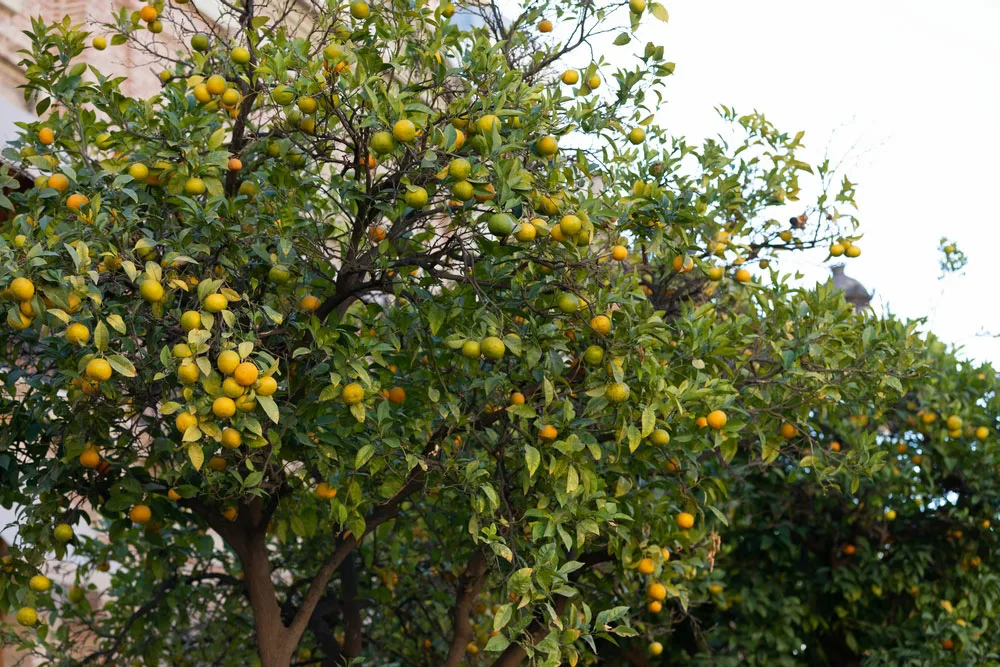
An Osage Orange Tree in Spain.
The table below illustrates how osage orange firewood compares with other remarkable firewood trees.
| Firewood Tree Species | Hiet Yield in BTUs per Cord | Splitting Difficulty | Overall Coals Quality | Overall Firewood Quality |
| Green Ash | 20.0 | Easy to Split | Good | Exemplary |
| Douglas Fir | 21.0 | Easy to Split | Good | Moderate |
| Maple | 25.0 | Easy to Split | Good | Exemplary |
| Red Oak | 25.9 | Easy to Split | Good | Exemplary |
| Osage Orange | 32.9 | Easy to Split | Exemplary | Exemplary |
FAQs
Can You Burn Osage Orange Wood In A Wood Stove?
You should burn osage orange with other less hot firewood trees. Otherwise, it’ll destroy the stove if burnt solely. Also important is to ensure adequate aeration when burning the firewood as it’s smoky.
The best use for the osage orange is outside on a bonfire and in a place with sufficient airflow.
Cost of Osage Orange Firewood
It’s quite pricey owing to the rarity of the firewood. Also, the season will determine the price of osage orange firewood because, as you’d expect, it’s expensive in winter. On average, its cord can cost around $500.
Nonetheless, you can still buy a smaller, less expensive portion, such as a pallet, to supplement your firewood needs.
How to Identify an Osage Orange Tree?
It is a relatively short dioecious tree featuring green, round, and soft-balled fruits that turn yellow on ripening. It also yields a milky sap when you cut it.
Conclusion
In summary, osage orange is one of the best firewood trees thanks to its exemplary heat output. It also makes excellent coals, although it is quite smoky and can destroy your wood stove because of its high heat output. For more on the firewood tree, contact us.
